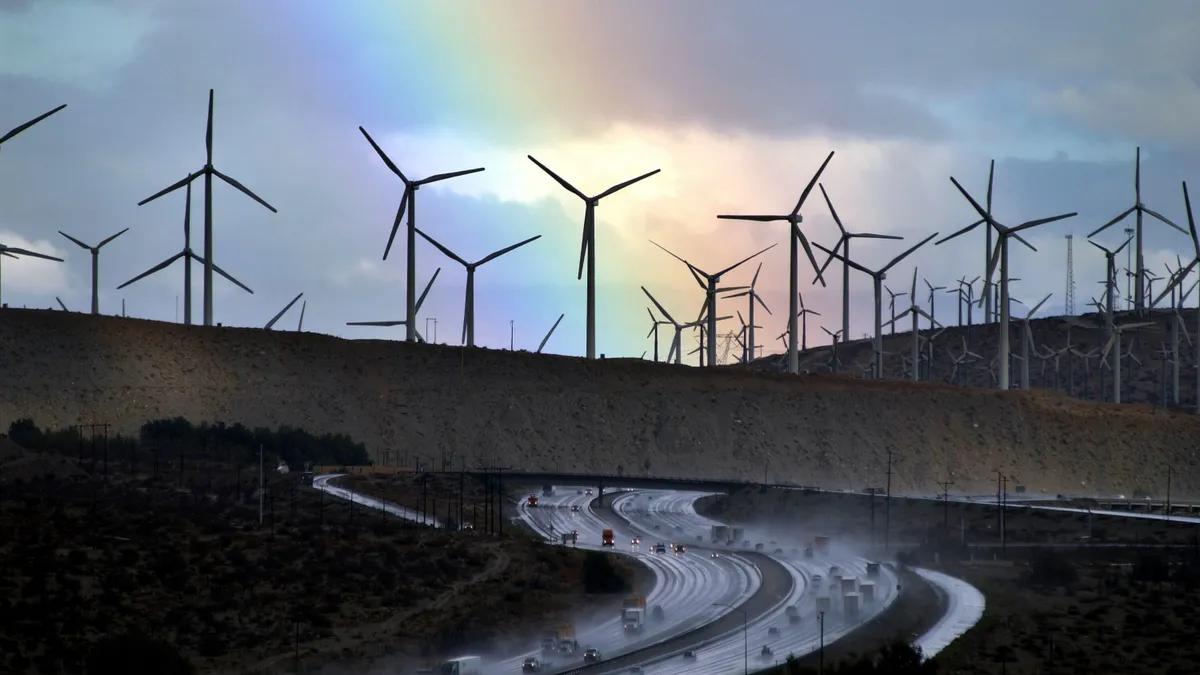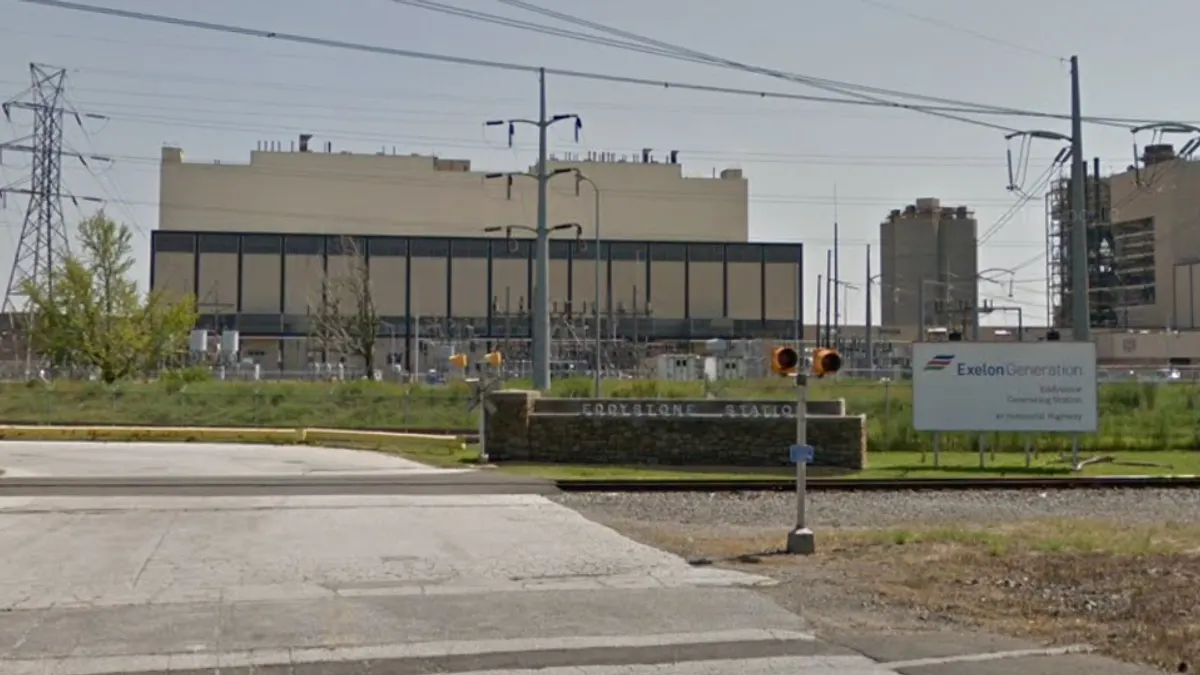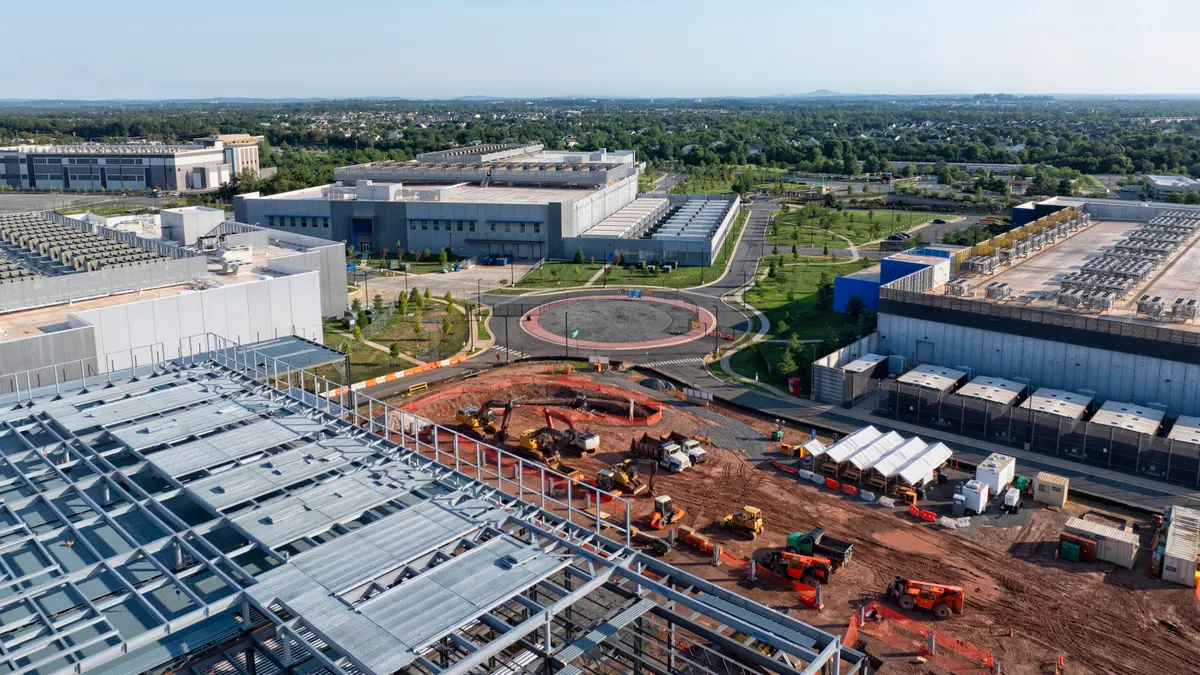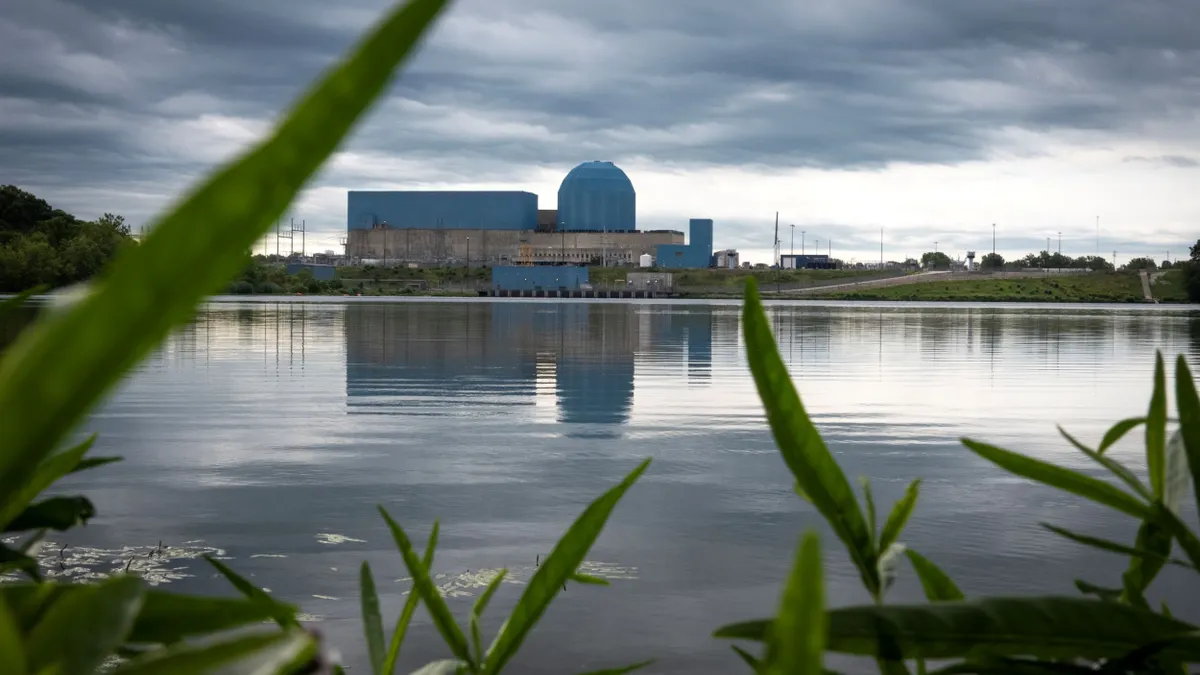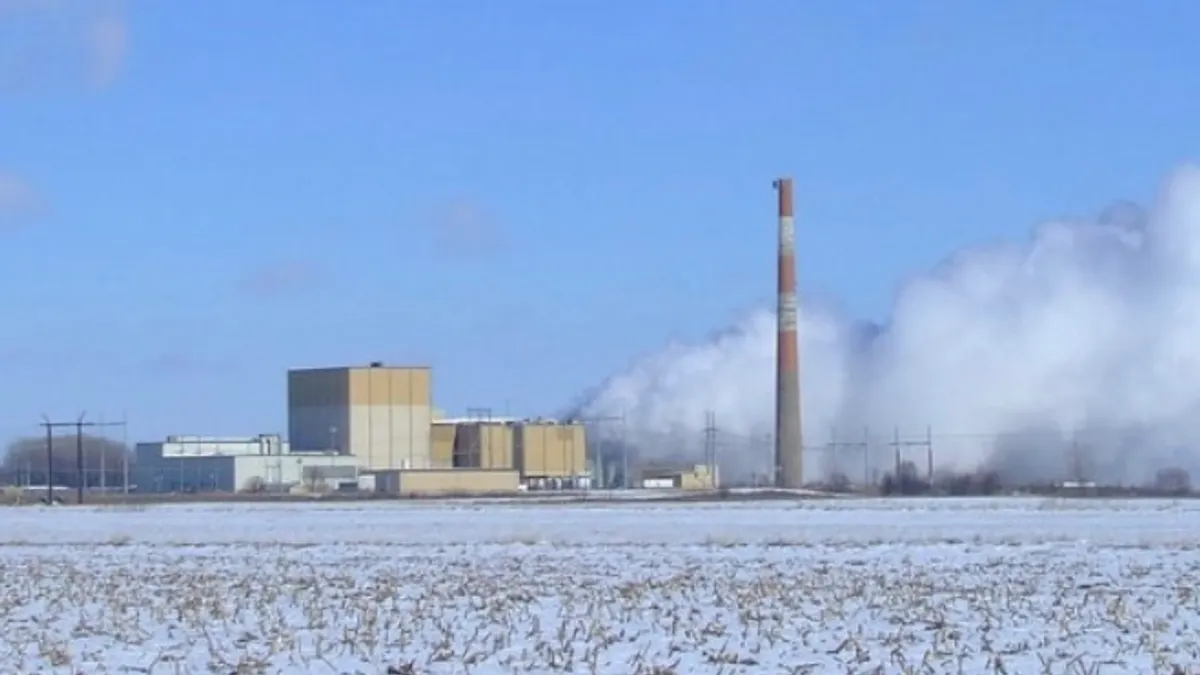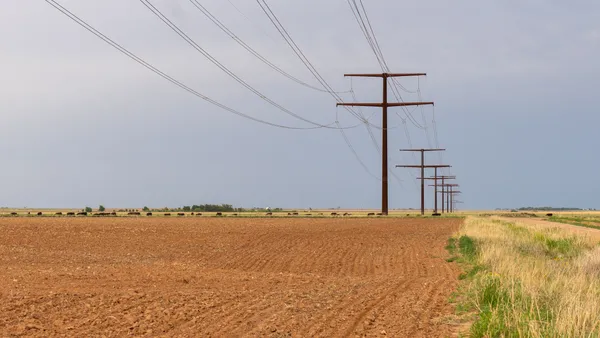Energy officials in the Western U.S. are reckoning with short and long-term electricity reliability challenges as soaring temperatures and a "wildcard" wildfire strain the power grid.
The California Independent System Operator (CAISO), over the weekend, urged consumers to conserve electricity, as the state experienced triple-digit temperatures, lost some generating capacity, and was faced by a quickly spreading wildfire in Oregon that jeopardized stretches of transmission lines used to bring electricity into the state. State regulatory officials, meanwhile, gathered last week to take a closer look at the reliability challenges California could face over the course of the summer, as well as beyond, as it moves towards its goal of achieving 100% clean electricity by 2045.
As the state moves closer to those decarbonization milestones, it will need to think about the resources it needs to bring online "that can really take us off the edge," Elliot Mainzer, CAISO CEO and president, said at a workshop last week.
"We’re living on the margin — we have a relatively tight reserve situation right now. What’s going to be the best set of resources that we can get in to really help us out with that net peak, and those strains on the system in the next several years, so we’re not in such a choppy situation?" Mainzer added.
State regulators have made renewed efforts to answer those questions ever since a heatwave in 2020 forced the system operator to initiate rolling blackouts that affected hundreds of thousands of Californians. Earlier this year, the California Public Utilities Commission (CPUC) rolled out a series of decisions ordering new procurement and demand-side measures to help ensure reliability during the summer months.
In the longer term, regulators recently ordered power providers to procure a hefty 11.5 GW package of clean energy resources by 2026, meant to replace the 2.2 GW Diablo Canyon nuclear plant and a series of natural gas facilities that are scheduled to retire in the next few years.
Drought hits Western hydropower fleet
But soaring temperatures this summer have been posing challenges to western power systems, by pushing up electricity demand, straining infrastructure and causing localized outages. The recent heatwave in the Pacific Northwest, for instance, led to outages that affected thousands of customers.
Meanwhile, CAISO issued a statewide call for energy conservation on Friday, due to extreme temperatures, which was then extended into the weekend as the Bootleg wildfire in Southern Oregon threatened the California Oregon Intertie, a transmission corridor that is used to channel power from the Pacific Northwest to California, Nevada and other grid balancing authorities.
The wildfire, which began last Tuesday, had spread over close to 40,000 acres by Friday and nearly doubled to more than 76,000 acres by Saturday morning. CAISO’s power supplies were reduced by as much as 3,500 MW due to transmission lines tripped off by the fire, the operator reported on Sunday.
"The fire has been a wildcard for grid operators since it began," CAISO said in a press release.
The high temperatures, California’s drought, plant outages and procurement delays have led the California Energy Commission (CEC) to update its analysis for 2021 summer supply and demand projections, Angela Tanghetti, staff lead for the agency’s power system modeling group, told regulators at a joint agency workshop on Thursday.
Under average weather conditions in the region, the analysis did not anticipate reliability contingencies in August and September under a 15% planning reserve margin demand curve. However, under a 17.5% planning reserve margin demand curve, the grid could face problems in September, generally between 6 p.m. and 8 p.m, Tanghetti said. As part of its effort to ensure grid reliability during the summer months, the CPUC earlier this year ordered utilities to procure resources that would effectively increase the planning reserve margin from 15% to 17.5% for 2021 and 2022.
One area of concern for the Western U.S. power sector is its hydropower fleet. The resource is especially important because it can provide a lot of flexibility, and can be used to integrate other renewables that aren’t dispatchable, said Eric Van Deuren, a senior director with Pacific Gas & Electric (PG&E). Moreover, hydropower facilities tend to have a long lifespan — where battery technologies are seen as having a 20-year lifespan, many of PG&E’s hydropower resources are over 100 years old, he said.
PG&E’s hydropower fleet includes 62 powerhouses and over 90 reservoirs, most of which are located in Northern California, on the western slope of the Sierra Nevada mountains; in total, they offer 3,836 MW of capacity, Van Deuren said. But as of July 1, the area has received only 45% of normal precipitation this year, meaning the utility’s combined large reservoir storage is now at its second lowest level in the last 40 years of record. As a result, PG&E is forecasting only 45% of its historic annual hydropower generation.
Longer-term questions around system planning
A changing climate could also impact the performance of hydropower, which could particularly affect the Pacific Northwest, where the resource contributes to anywhere from half to 90% of load, according to Ben Kujala, director of power planning at the Northwest Power and Conservation Council. Climate models have suggested that the hydropower system could see lower potential flows starting in June and continuing through October, he noted.
However, this is also happening against the backdrop of a broader, aggressive transition towards clean energy resources. Meeting all the clean energy and renewables requirements passed in the West would require an unprecedented build out of renewable resources, close to doubling current installed nameplate capacity on the western electric grid by 2030, Kujala said. The growing share of renewable energy could also have implications for the way hydropower resources is used on the system.
"While we might have lower water conditions that will happen in the future, if we also have a build of renewable resources that goes along with that… the amount of water that ends up being used in the generation of the hydro system could be very different," he said.
One key challenge for the power sector will be to figure out how changing temperatures will affect load. Until recently, a lot of system planners have looked at historic temperatures as a guideline for extreme events, Kujala said. And while there have been recent attempts to use climate models to better understand those events, the heat dome recently experienced by the Pacific Northwest outstripped even those projections.
Technology innovations could play a role in helping with that broader system planning challenge, said Rafael Ozaki, business unit head for Digital Grid at Siemens USA. Utilities tend to conduct their planning in a siloed fashion, with a lot of manual work to match real-time data to planning or engineering, before they put together things like interconnection studies, he said.
Software that could match utility planning decisions with real-time scenarios could be "a game changer in the way [that] utilities plan themselves and get ready for resiliency studies, but also for coping with the current real-time demand that they’re dealing with at the moment," he said.
The other piece of the reliability puzzle is infrastructure.
"This is a very dynamic time nationally, with what’s happening with the Biden administration, the infrastructure bill potential," CAISO’s Mainzer said at the workshop last week. "I think it’s also time for us to really think deeply about what out-of-state transmission means for California, in terms of both access to diverse portfolio resources as well as strengthening the economic and environmental value of our regional electricity market."



